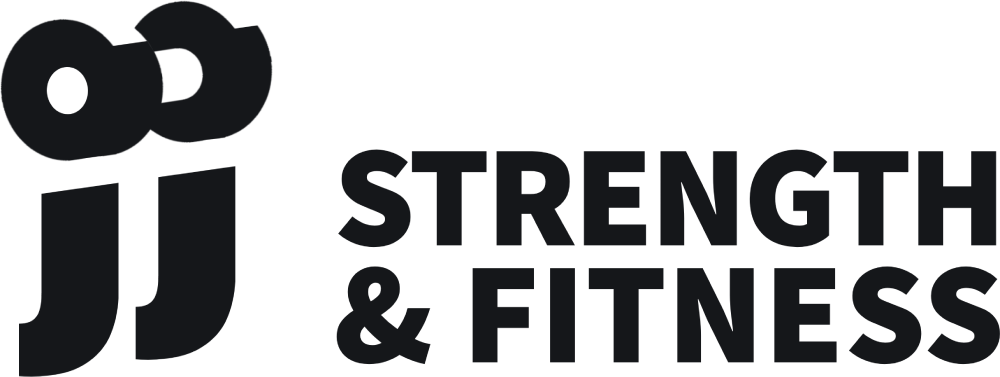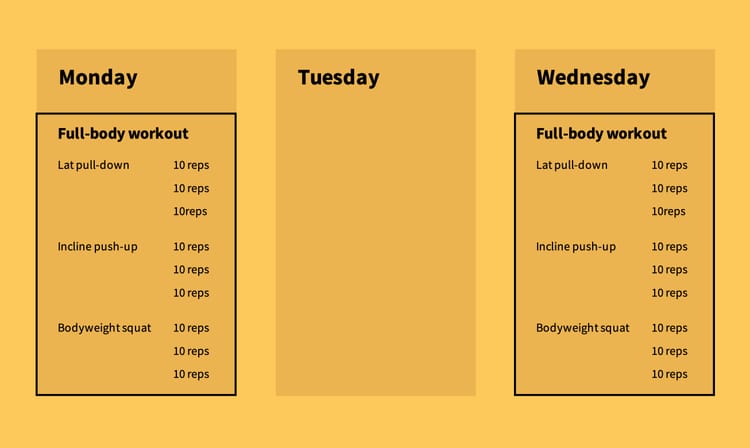A strong lower back (even with lower back pain)
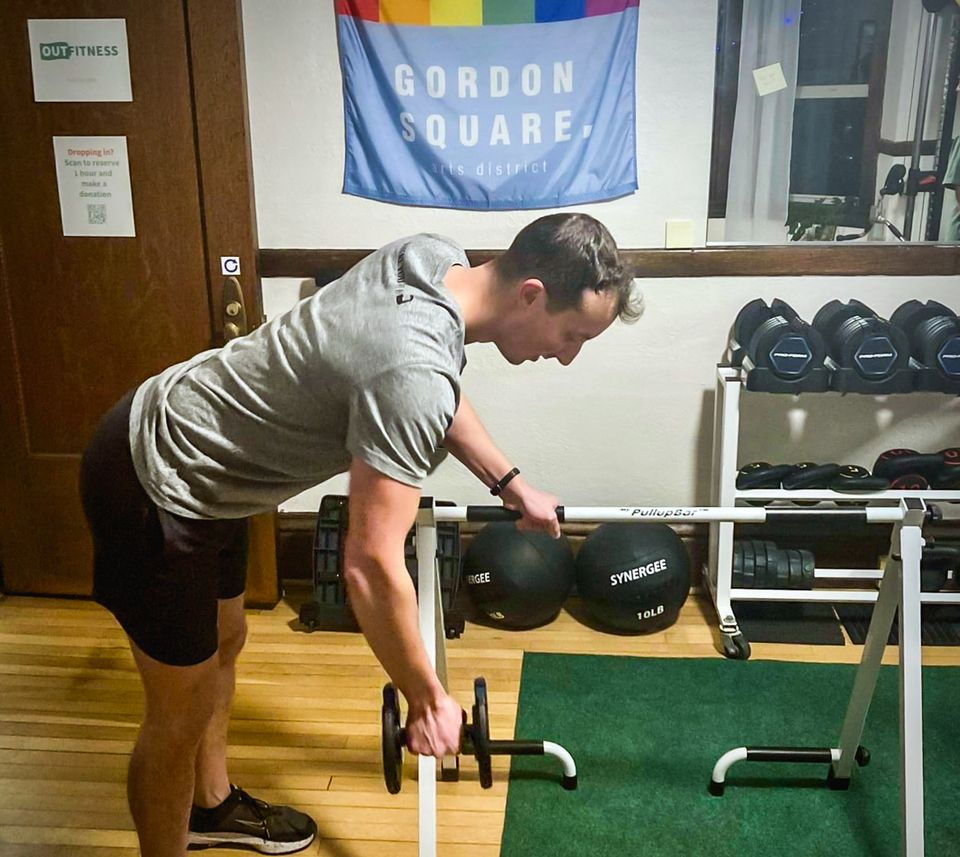
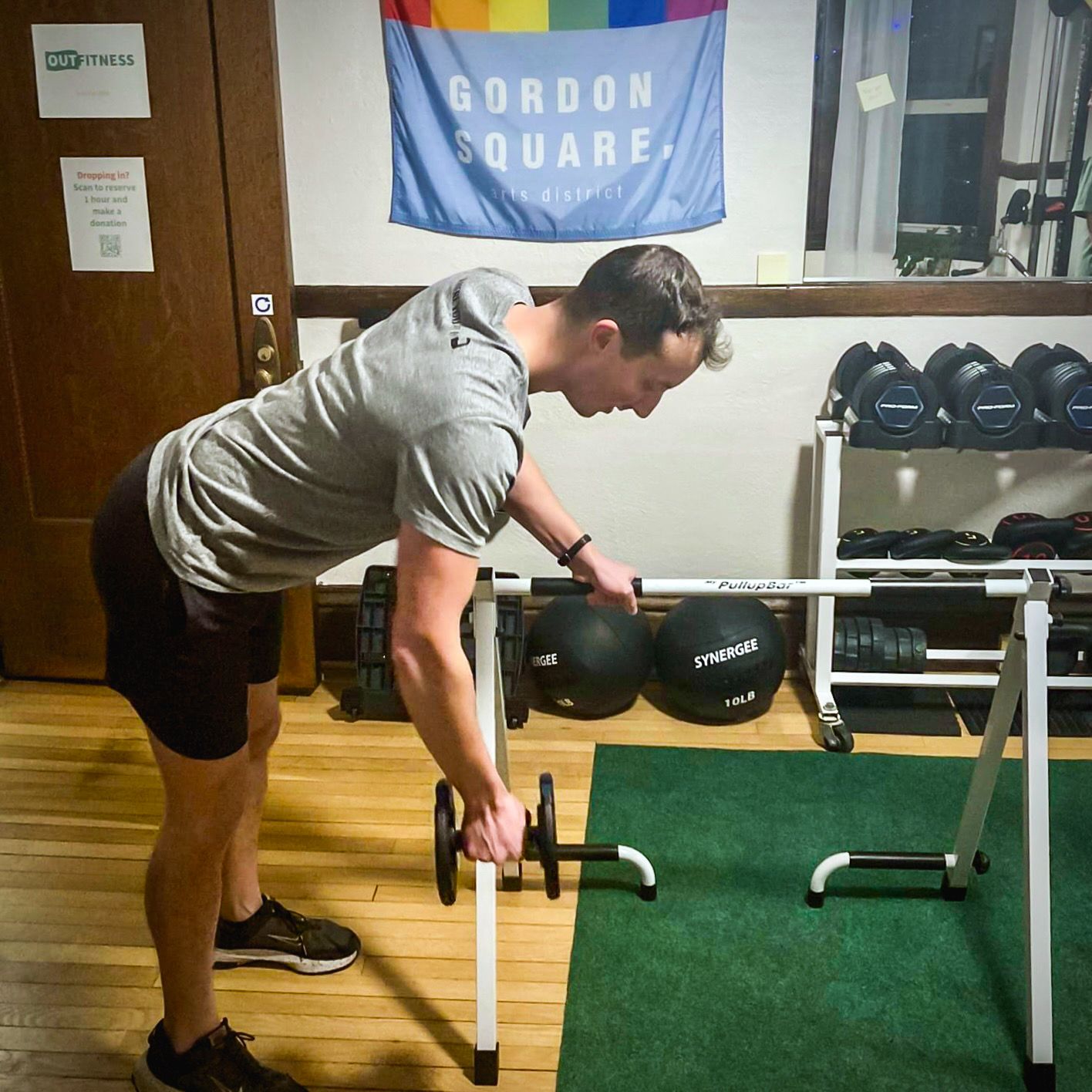
Lower back pain is so common. Globally, an estimated 31% of adults experience lower back pain, with higher rates for women in particular. The pain typically begins around or after the age of 30.
Before you first experienced back pain, perhaps you never even noticed your lower back or its movement patterns. But if you have recurring pain now, you know which postures or movements you avoid (or even fear).
There are many, many causes of lower back pain, which makes it a difficult condition to study. Unless you've had a traumatic injury or a diagnosed disease, the cause of your lower back pain may remain a mystery — and that's okay.
There are additional "red flags" to consider that, with your back pain, may warrant a physician's assistance. These include:
- age under 18
- age over 50
- longtime use of corticosteroids
- trauma that may have caused fracture (like a fall)
- bladder weakness, sexual dysfunction, leg weakness, and/or genital tingling/numbness
- fever
- unexplained weight loss and/or consistent night pains
Disclaimer: This article and my coaching are not intended to fix lower back dysfunction/injury or eliminate pain or disease. You will need to see a medical professional for those solutions.
If you want a lower back that feels strong, but you feel limited by pain, don't despair! I have strategies and exercise examples for you.
Can we strengthen our lower back muscles while managing lower back pain?
Yes, we can. But it requires observing an important rule.
We never work out through pain. Pushing through pain is a great way to cause an injury or exacerbate one that may otherwise be healing.
There is a huge number of exercises available to anyone who is training, even if you're managing pain, too. We can virtually always find variations to strengthen a muscle or joint while avoiding pain. The science and art of personal training are finding the best exercise variations.
To begin, let's identify our primary goal for a stronger lower back.
"Strengthen your core," they say
A common goal of many workout programs, videos, and studies is to strengthen your core. A stronger core reduces strain on your lower back and improves your balance and control. Colloquially, your "core" consists of muscles in the middle of your trunk: your abdominals, side muscles, and spinal erectors of the lower back.
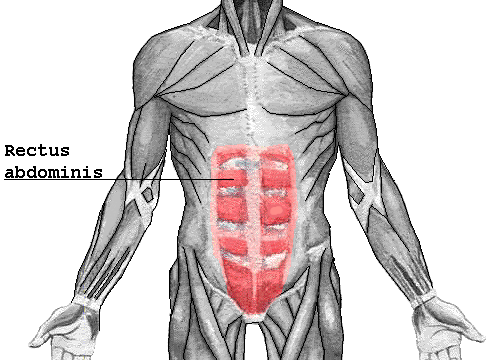

But if we want to maximize the advantages of core strength for our lower back, we need to include all muscles that impact our core's skeletal structure (the thoracic and lumbar spine and the pelvis). The load borne by this part of our skeleton can be shared by muscles directly and indirectly connected to it. So in addition to the trunk muscles above, we should expand core strengthening to the upper back muscles, gluteals (buttocks), and the hip's front and inside muscles.
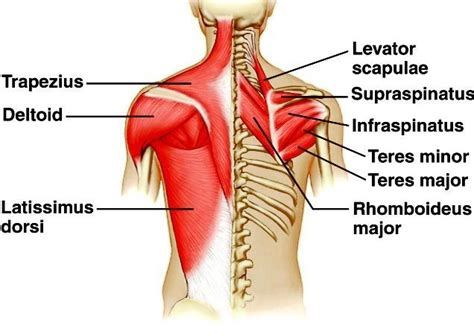
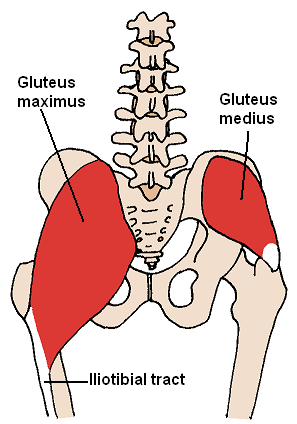
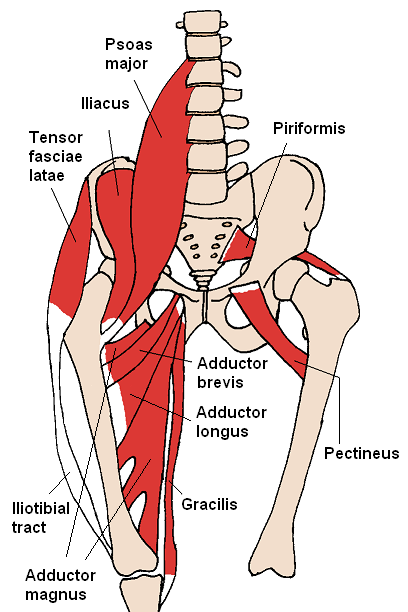
Now it looks like we've highlighted practically every area of the body except our arms and legs...
Your lower back is impacted by most muscles of your body because the chains of motion, from the core skeleton outward, include so many connections. This is why general strength training, even without focusing on the lower back, tends to benefit the lower back by improving the core's supportive strength.
There will be so many exercises available for this wide range of core muscles...so how can we decide where to start?
Lower back strength strategies according to your current physical condition
First, it's important to check in with yourself before taking on core strengthening or other new exercise regimens.
How irritable is your lower back pain?
It's useful to ask yourself about the irritability, or experience of negative symptoms, of your back pain.
- Does my pain last more than 24 hours after movements or exercises?
- Does any pain during exercise feel higher than a 6 on a scale of 10?
- Do I feel apprehensive or fearful of movements because of the pain or discomfort it may cause?
If you answer yes to any of those questions, this may not be the time to try new exercises. And if you haven't already, ask your physician about your back pain.
If you feel comfortable trying new movements and commit yourself to carefully monitoring your pain...then let's proceed to choosing exercises for core strength.
Keep in mind that the strength of any muscle is relative to its surrounding body. If your core muscles aren't strong enough to stabilize or move your upper torso's weight, they put you at risk for injury. (Even a large weightlifter can have a relatively weak core, while a child can have a relatively strong core.) Or if your back muscles are being overpowered by your relatively stronger chest muscles, you may suffer from poor posture.
We can estimate your core's relative strength based on your current physical condition.
Now consider these four typical, physical conditions and training strategies for each. Which best describes you?
1. If you do not exercise regularly
It's likely that most general exercises will improve core strength for you. Taking regular walks or trying low-impact exercise, like Pilates, or supported (seated) exercise, like cycling, will stimulate your core. Start easy, knowing that strength gains come quickly at the beginning of training with even minimal stress.
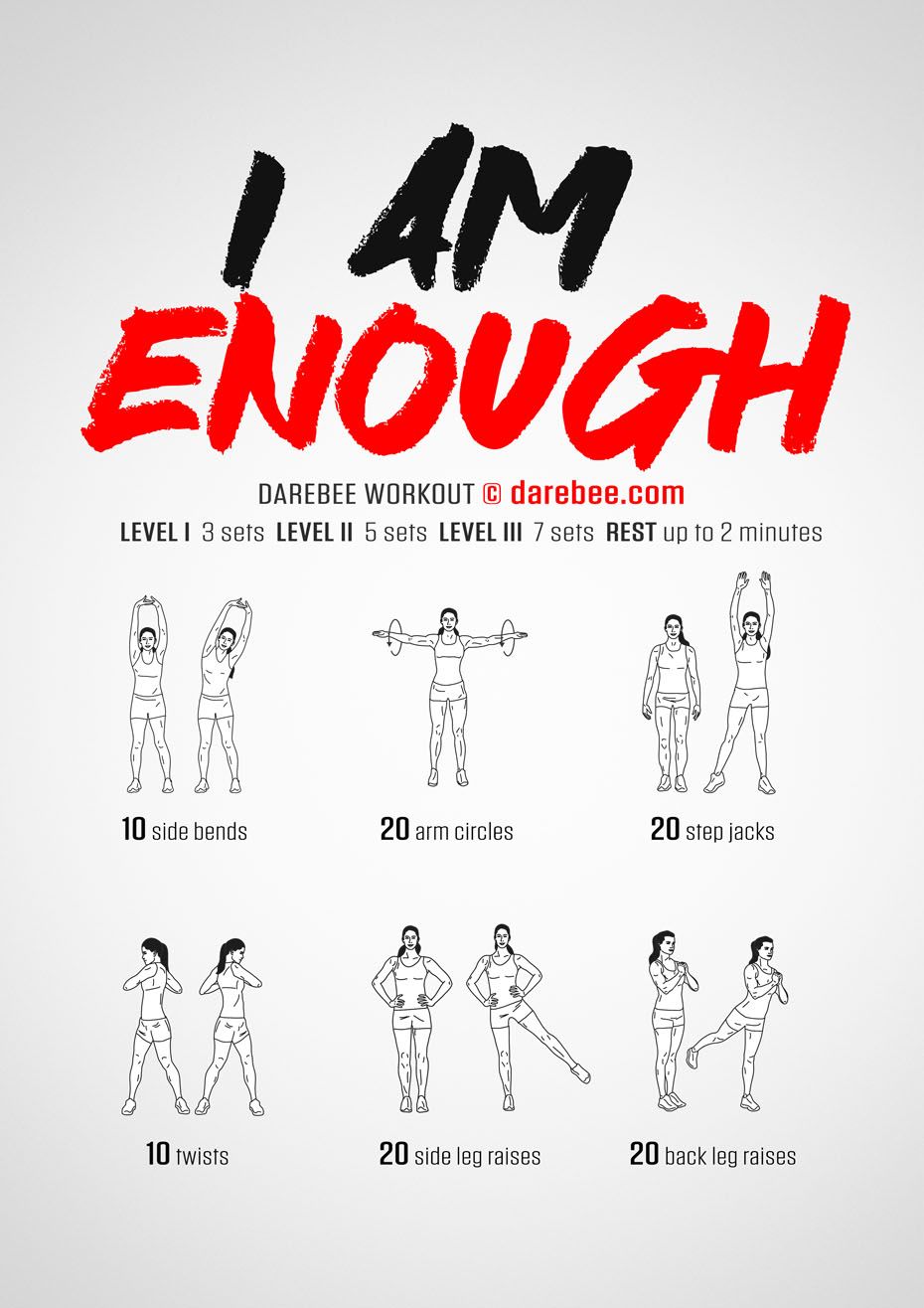
2. If you exercise but feel fatigued by load-bearing activities
For example, maybe you feel comfortable cycling but feel uncomfortable lifting bags of groceries or climbing stairs. Strength training is a moderately well-proven treatment for lower back pain — along with its other benefits for lifting and moving weight in daily life. A structured strength training program will include "squat" and "hip hinge" lower body work and "push" and "pull" upper body work.
Always start with loads (weights) that feel light to you. (See more beginner advice in my guide to building workouts.)
In our program planning together, we can also identify specific movement patterns related to your pain and then build strength routines that avoid those movements while benefitting your core.
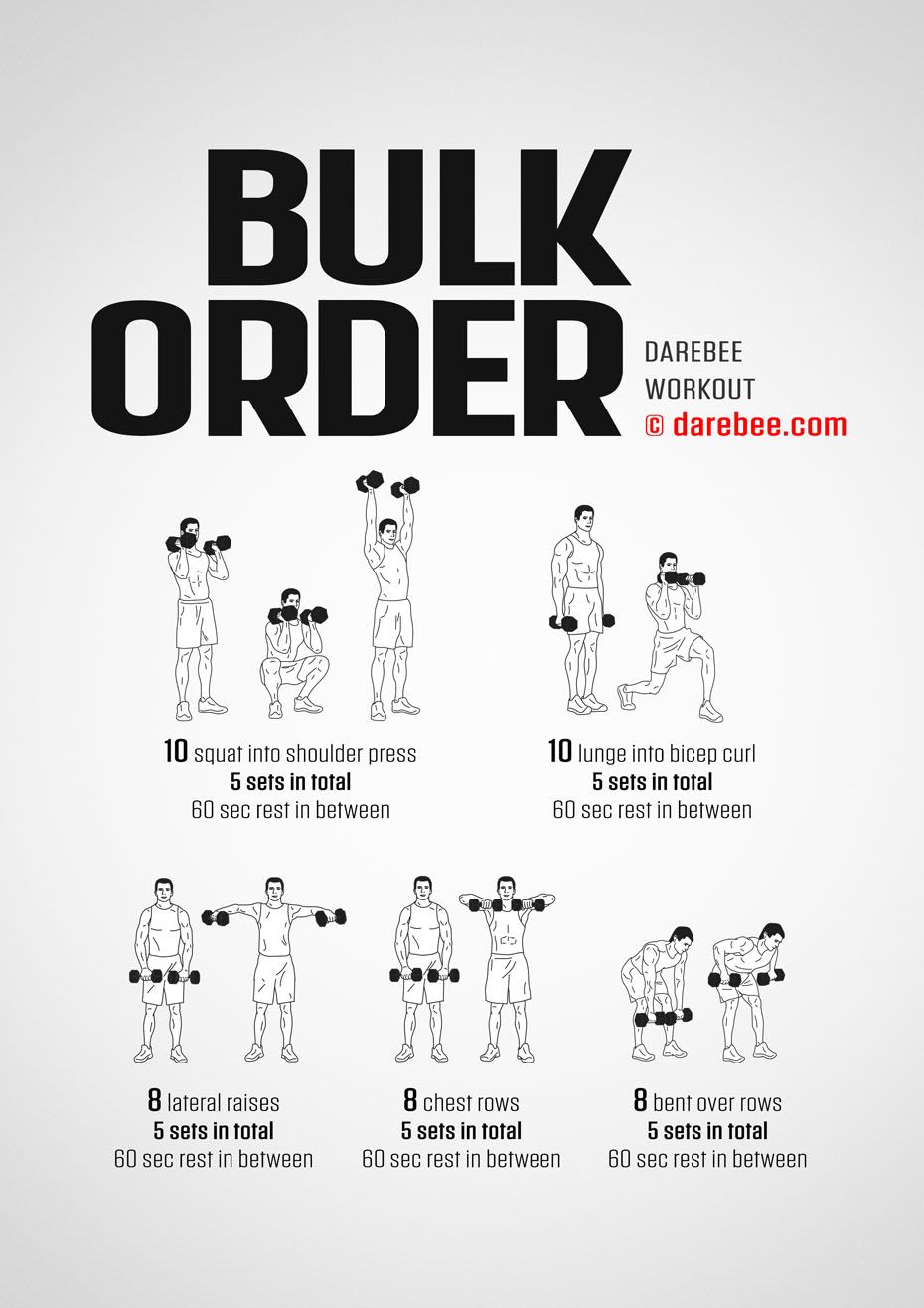
3. If you already enjoy exercise but have poor posture
If you find yourself "slouching" with an arched back and rounded shoulders, correcting muscle imbalances can help counteract this added stress on the lower back. A strength training program with stretching can improve the relative strength of your back muscles compared to tight/overactive chest and abdominal muscles. This doesn't require any specialized back exercises. Variations of rows, pull-downs, back extensions, and deadlifts are beneficial and should be followed by stretches that expand (open up) the chest.
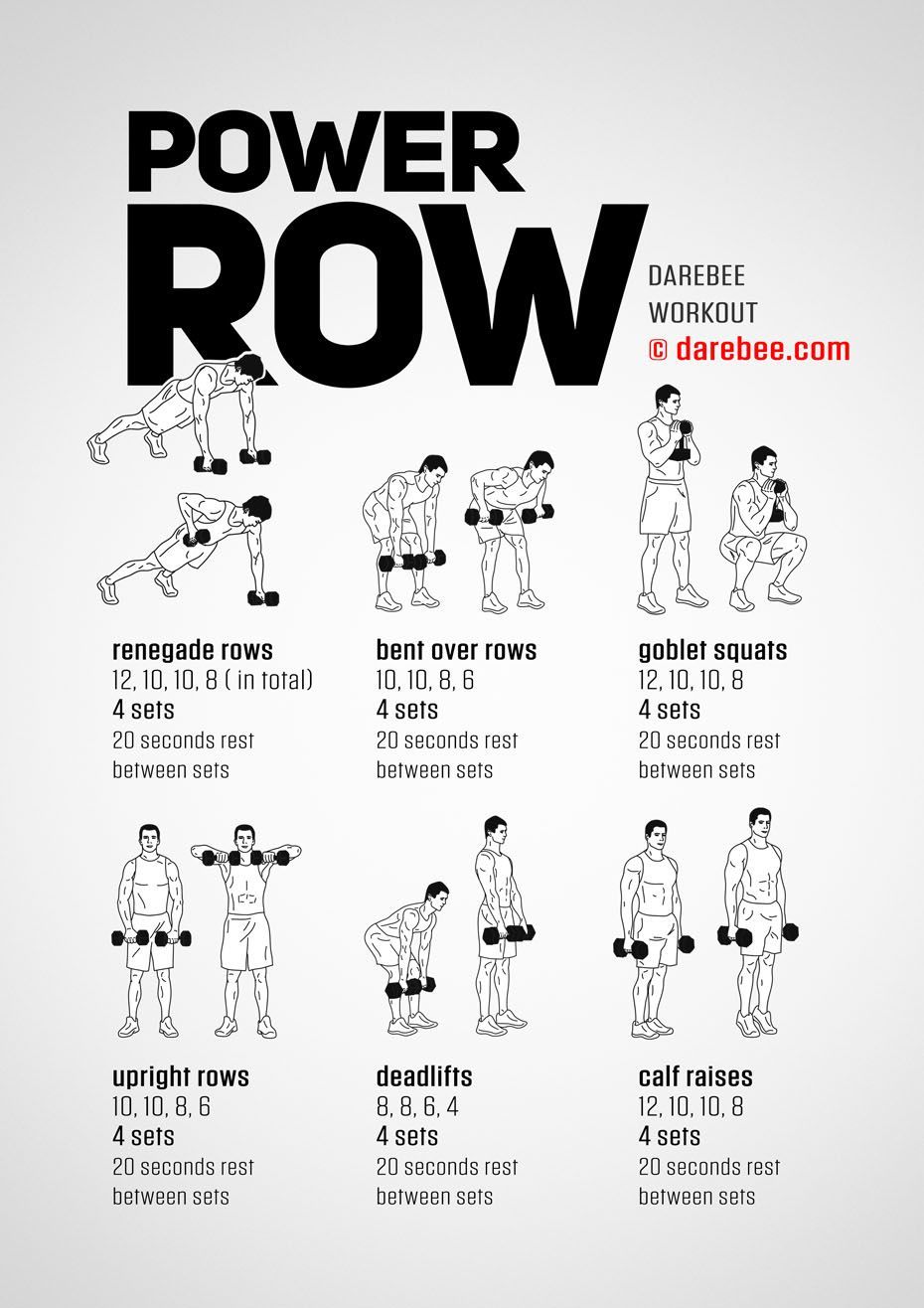
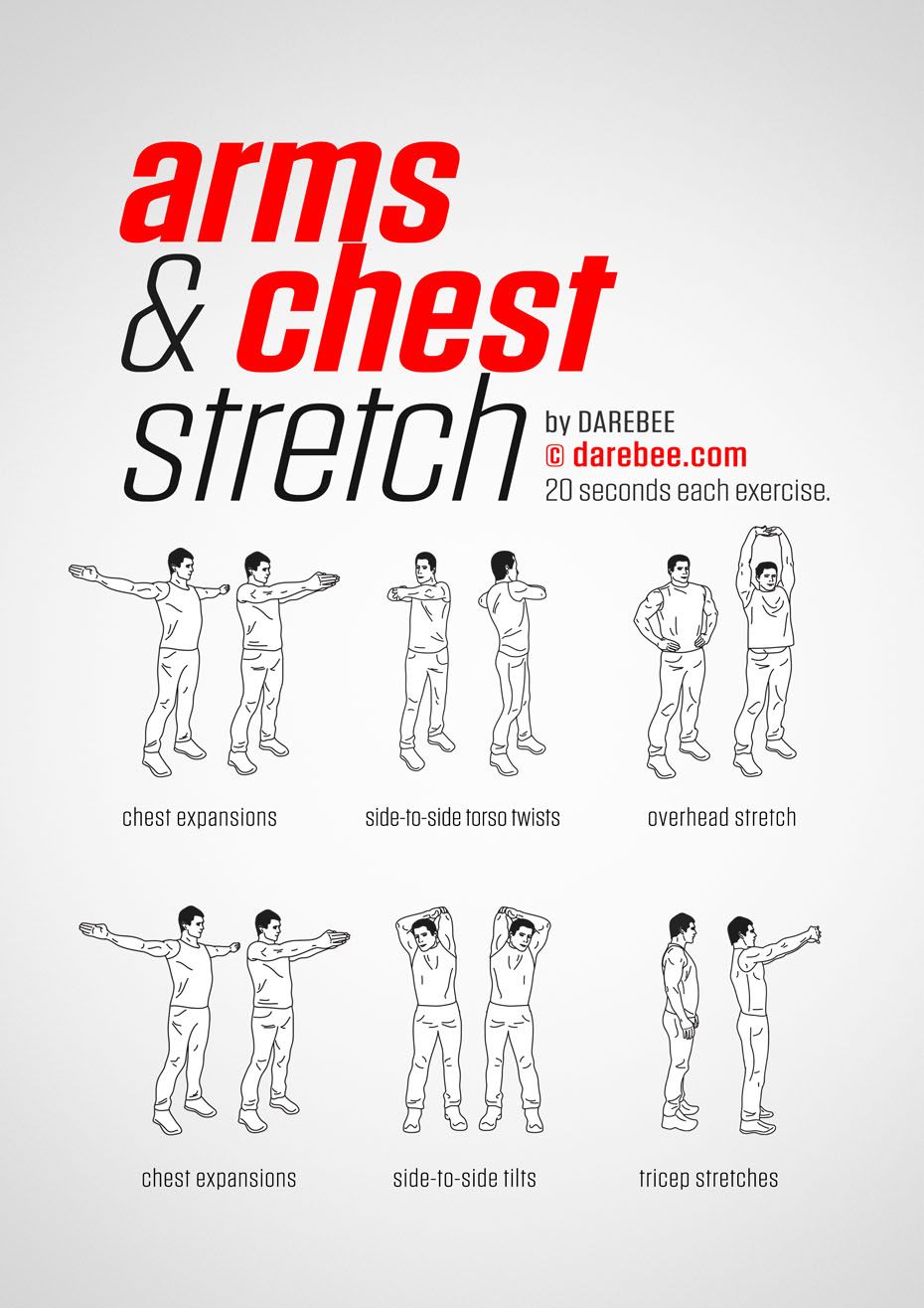
Example back strength workout and example stretches to follow
4. If you have been training but lack flexibility in your quads or back
This could manifest as stiffness when standing up from a long period of sitting. Adding flexibility exercise to your current strength/cardio training will be useful. At least five minutes of stretching is a smart addition to your existing routines. Use dynamic stretches (with movement) at the start of a workout (or anytime) and static stretches (with holds) at the end of workouts. Yoga is also wonderful for flexibility and should be considered as an additional routine.
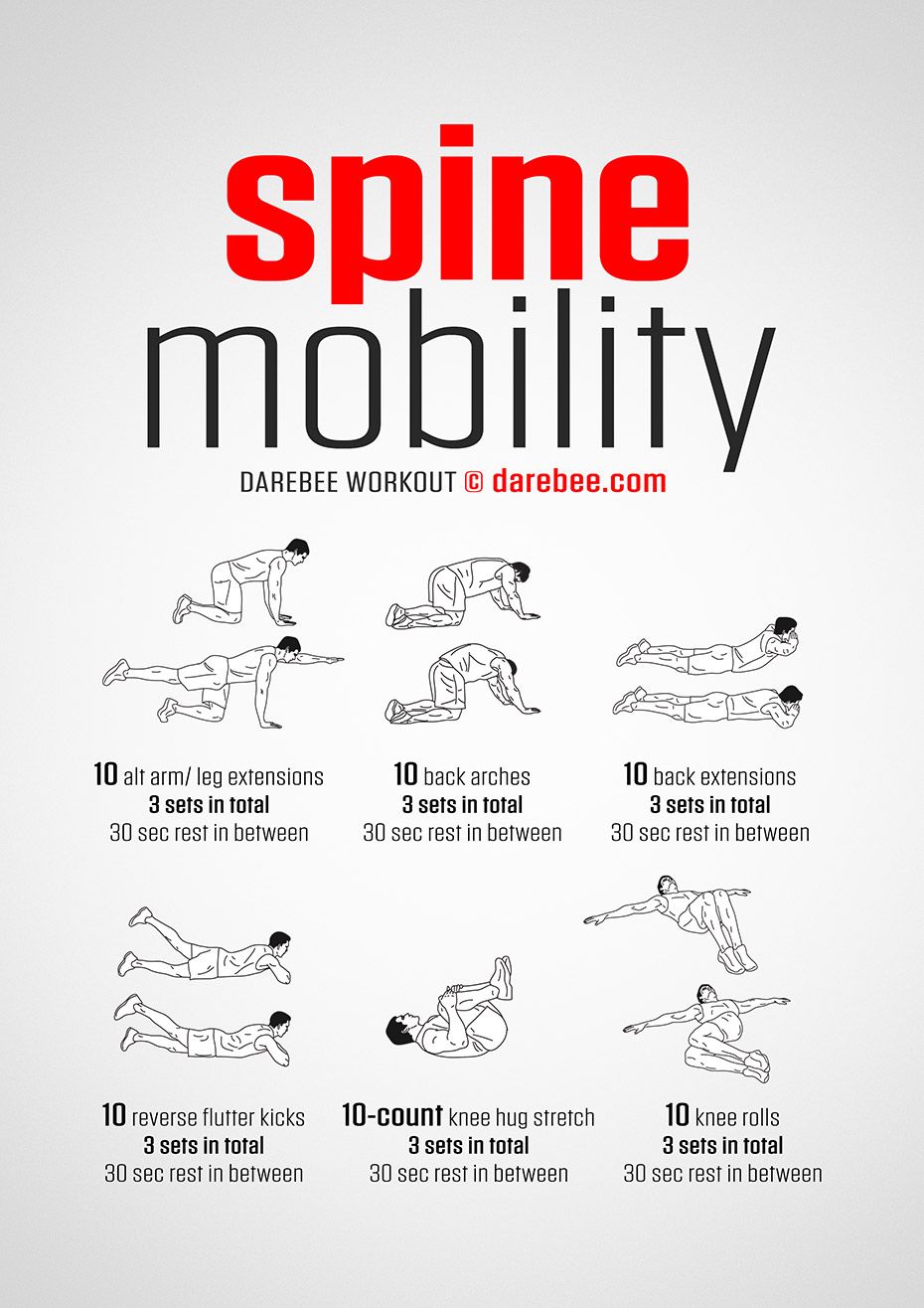
Remember to pause any exercise if you experience pain. While we do not need to fear this pain, if it returns the next time you attempt the exercise, it's time to try a different variation. This is similar to our process of discovering the exercises we enjoy among the hundreds of physical activities out there!
You should also check in with yourself 24 hours after any new exercise. Set a phone reminder! Ask yourself, do I feel pain that isn't going away? Do I want to complete that same exercise again, at the same intensity?
Understanding that lower back pain causes can remain unknown, you can still use the goal of core stability and choose a training strategy according to your physical condition in order to strengthen your lower back while managing pain. It will be exciting to find exercises that have you feeling your back's strength in new ways!
